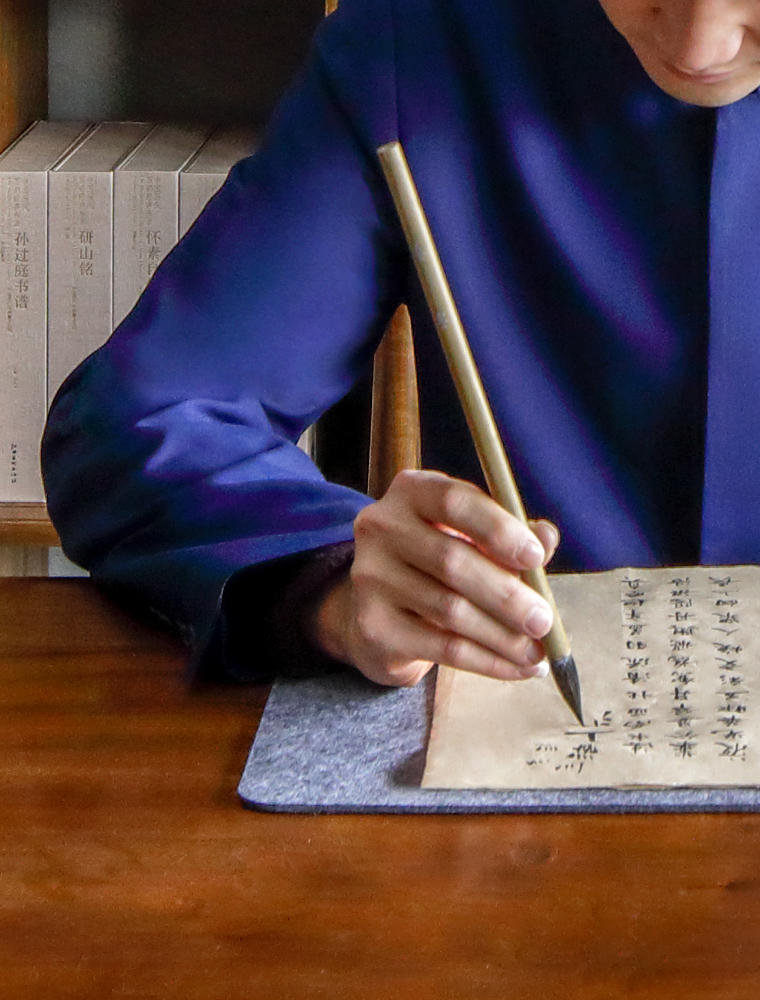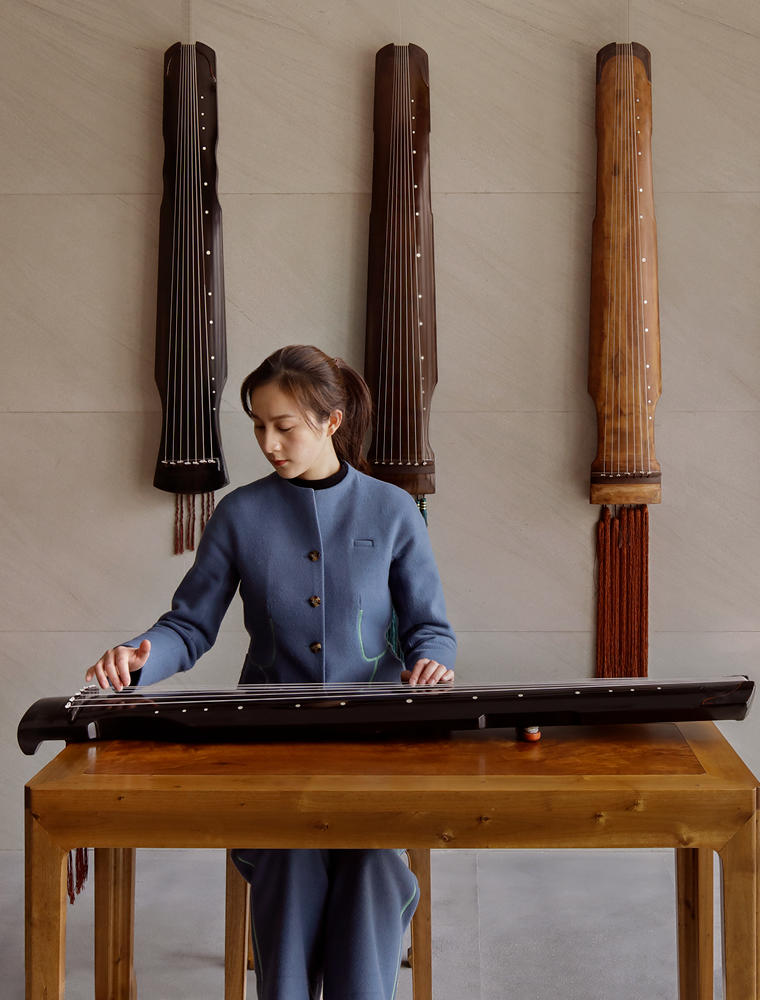Journeys Await
As the New Year approaches, Aman destinations across the globe await discovery.
Named after the royal reading pavilion in the Forbidden City, Nan Shufang is the cultural heart of Amanyangyun. Dedicated to Chinese art forms and the pursuit of knowledge, it is a cultural centre housed within the most architecturally impressive antique buildings to have made the journey from Fuzhou. Enhanced with furniture crafted from the nanmu wood characteristic of Ming interiors, Nan Shufang is a modern-day recreation of the scholars’ studios of 17th-century China’s literati – a space to learn, contemplate and practise traditional crafts such as calligraphy, music or painting.


One of China's best known and proudest art forms, calligraphy is a visual art related to writing. Learn about the use of calligraphy as a form of meditation in the Buddhist culture, immersing yourself in ancient philosophy, or focus on the structure of ancient Chinese letter writing and appreciate the balance and honour given to each recorded word. Prepare your own letter in the style of ancient literati, and whilst doing so feel relaxed and deeply focused.
The distinctive sounds of the guqin and the guzheng open a auditory window into the world of ancient China – its melancholy and whimsy. As the most beloved instrument of the Chinese scholar, the guqin or ‘qin’ could be a source of solitary amusement or played amongst a small group of friends. The notes from this seven-stringed instrument were believed to resonate to the core of one’s soul. A proverb went that just as the sound of the wind and water cultivate the scholar, so do the strains of the guqin.

The Chinese tea ceremony is a ritual of peace and tranquility practiced for thousands of years. Under the guidance of one of our tea masters, appreciate the beauty and elegance of this timeless tradition. Experience three varieties of the finest Chinese tea prepared by our master's skilled hands. Explore the geography of where the different varieties are grown, as well as the processing techniques for each type of tea.
There is much more to incense than simply burning it. As one of the core scholars’ arts, incense opens a door to the lifestyle of the ancient literati and the rituals they practiced in daily life. They believed that the fragrances released prepared the mind for focused thought and deep reflection, while at the same time calming the spirit and nourishing the soul.